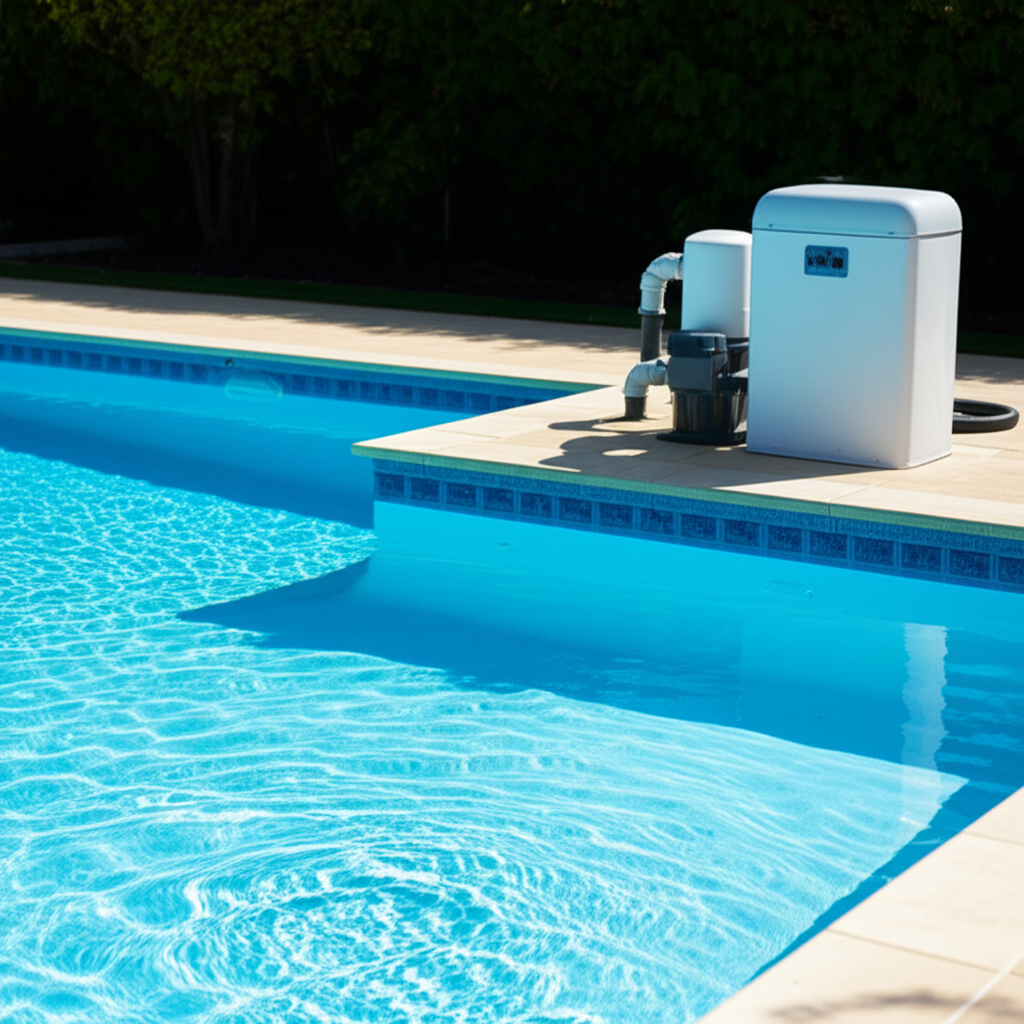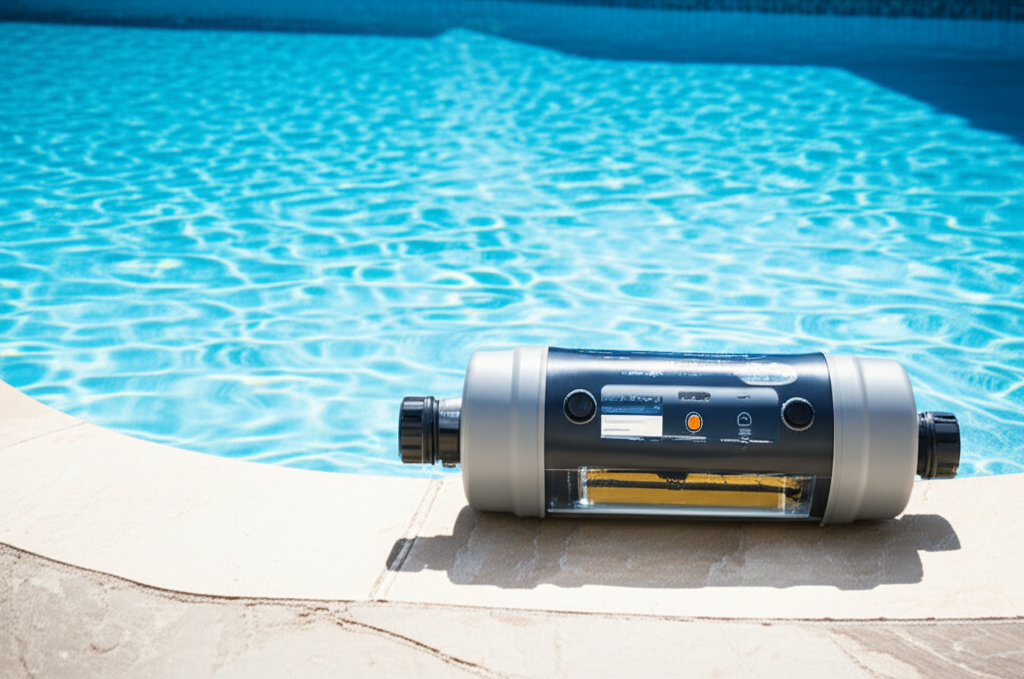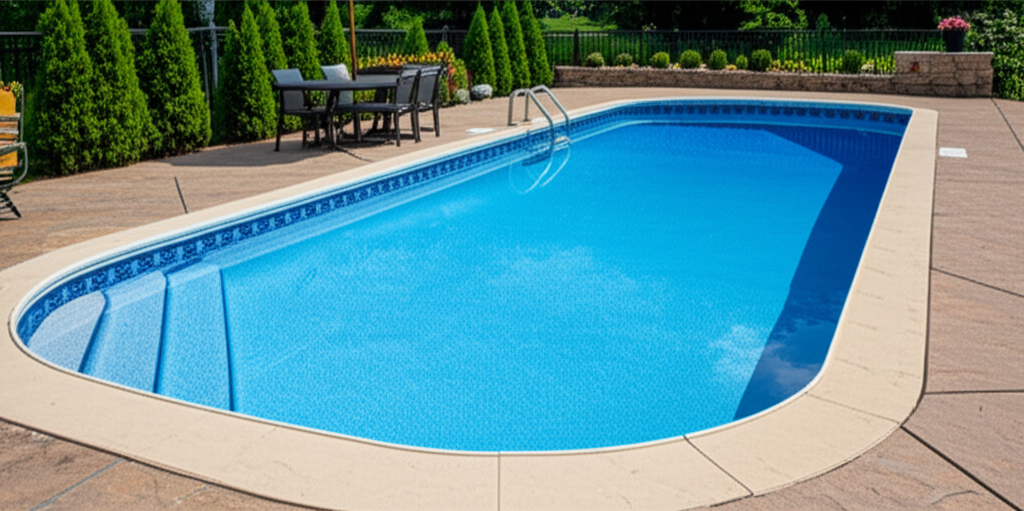Salt System: The Ultimate Choice for Superior Pool Chlorination
Salt System technology has revolutionized pool maintenance, offering a vastly improved and often preferred alternative to traditional chlorination methods. For years, pool owners have grappled with the stinging eyes, harsh odors, and constant chemical purchases associated with chlorine pucks and liquid. However, this innovative approach transforms ordinary salt into a steady, reliable source of sanitizer, promising a swimming experience that is both more comfortable and convenient.
Understanding How a Salt System Works
At its core, a salt system (also known as a saltwater chlorinator) is a device that generates chlorine from dissolved salt in your pool water. While it might sound like your pool is becoming a miniature ocean, the reality is that the salt concentration is far lower—roughly one-tenth the salinity of seawater, or about half the salinity of a human tear.
The magic happens within the Salt Cell, the heart of the system. This key component contains a series of titanium plates coated with a precious metal (often ruthenium or iridium). As the subtly salty pool water flows through the salt cell, a low-voltage electrical charge is applied to these plates. This process, known as electrolysis, breaks down the sodium chloride (common table salt) in the water, separating it into its constituent parts, including hypochlorous acid – the very same type of chlorine that sanitizes your pool with traditional methods. After it has done its job, the chlorine reverts back into salt, ready to be reused, creating a closed-loop system that is incredibly efficient.
The Unrivaled Benefits of a Salt System
Choosing a salt system for your pool brings a host of advantages that explain its growing popularity as the ultimate pool chlorination method:
Softer, Gentler Water: This is perhaps the most celebrated benefit. Swimmers consistently report that saltwater pools feel incredibly soft and silky on the skin. There’s no harsh chemical odor, reduced skin and eye irritation, and less fading of swimsuits. It’s like swimming in bottled water!
Consistent Chlorine Levels: Traditional chlorination often leads to fluctuating chlorine levels – too high after adding chemicals, too low before the next dose. A salt system provides a continuous, steady stream of chlorine, maintaining optimal sanitation levels around the clock. This constant supply helps prevent algae growth and keeps your water pristine without the peaks and valleys.
Reduced Chemical Handling: Say goodbye to storing and handling hazardous chlorine tablets or liquid. With a salt system, you only need to add salt to your pool a few times a year. This significant reduction in chemical exposure makes pool maintenance safer and less burdensome.
Long-Term Cost Savings: While the initial investment for a salt system is higher than traditional methods, the long-term savings on chemical purchases can be substantial. You’ll spend far less on chlorine, algaecide, and clarifiers over the lifespan of your pool.
* Convenience and Automation: Once installed and properly calibrated, a salt system largely operates itself. You simply set your desired chlorine output, and the system does the rest. This automation frees up your time, allowing you to enjoy your pool more and worry about upkeep less.
Maintaining Your Salt System: Focus on the Salt Cell
While a salt system significantly reduces daily maintenance, it’s not entirely hands-off. The Salt Cell is the most crucial component requiring attention. Over time, calcium and other minerals can build up on the cell’s plates, reducing its efficiency. Most modern salt cells have a “self-cleaning” mode that reverses polarity to shed deposits. However, periodic manual inspection and cleaning (typically once every few months or as indicated by your system) with a diluted acid solution may be necessary to ensure optimal performance and extend the lifespan of this vital part.
Beyond the salt cell, routine water testing remains important. You’ll still need to monitor your pool’s pH, alkalinity, and calcium hardness, as these levels can impact the cell’s efficiency and overall water balance. Maintaining the correct salt level is also key, though modern systems often have indicators that alert you when more salt is needed.
Is a Salt System Right for Your Pool?
For many pool owners, the answer is a resounding yes. The improved swimming experience, reduced chemical handling, and long-term cost benefits make it an attractive option. However, consideration of the initial installation cost and potential compatibility with existing pool equipment (like heaters, certain types of stone coping, or older vinyl liners) are important. While the salt levels are low, some materials can be sensitive to even slight salinity. Consulting with a qualified pool professional can help determine if a salt system is the ideal upgrade for your specific pool setup.
Ultimately, a salt system provides a sophisticated, efficient, and user-friendly method for maintaining crystal-clear, healthy pool water. It elevates the swimming experience, transforming routine maintenance into a seamless process and cementing its reputation as the ultimate and best pool chlorination solution available today.




